The intriguing genus Monotropastrum includes two unique species, Monotropastrum kirishimense and Monotropastrum humile, that have captured the fascination of botanists and nature enthusiasts alike. Despite their shared genus and similar lifestyles, these two species exhibit notable differences in appearance, distribution, and ecological significance.
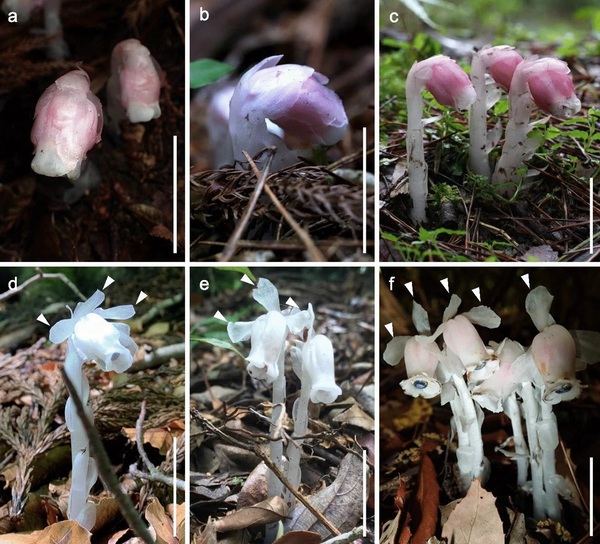
Discovered in 2022, Monotropastrum kirishimense is a newly described species native to Japan, particularly in the Kirishima Mountain Range of Kyushu. This plant is a mycoheterotroph, which means it derives nutrients from fungi rather than photosynthesis. The plant’s ghostly appearance, characterized by its semi-translucent white stems and pale flowers, has led to it being called a "phantom of the forest."
Key characteristics:
Color: Pure white stems with a delicate pink tinge in some cases.
Size: Typically smaller, with shorter stems and compact flowers.
Habitat: Found exclusively in volcanic soils of high-altitude regions.
Flowering Period: May to June.
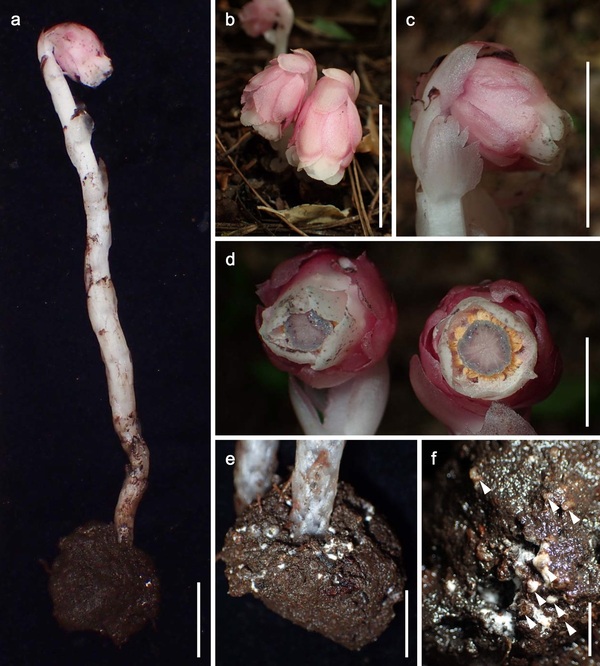
On the other hand, Monotropastrum humile, also known as Eurasian Ghost Plant, is a more widely distributed species found across East Asia, including China, Korea, and Japan. This species has been known to science for decades and thrives in rich forest soils under dense tree canopies.
Key characteristics:
Color: Whitish stems with faint purplish or greenish hues.
Size: Slightly larger and taller than M. kirishimense.
Habitat: Found in lowland and montane forests, often in shaded, moist environments.
Flowering Period: June to August.
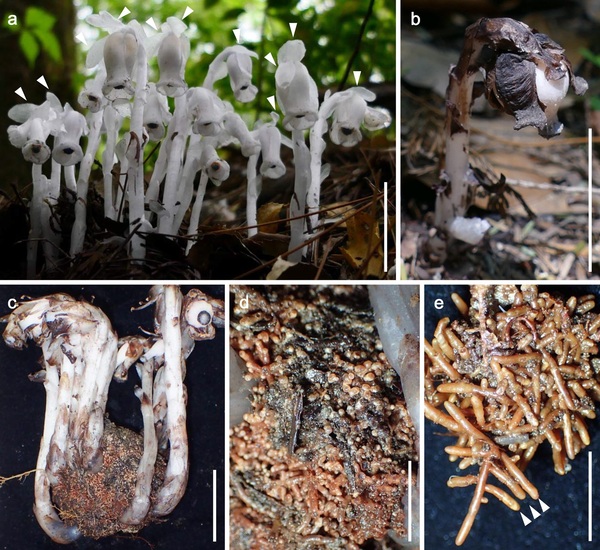
| Feature | Monotropastrum kirishimense | Monotropastrum humile |
|---|---|---|
| Discovery Year | 2022 | Known for decades |
| Common Name | Kirishima Ghost Plant | Eurasian Ghost Plant |
| Color | Pure white, sometimes pinkish | Whitish with purplish/greenish hues |
| Size | Smaller, compact flowers | Larger, taller plants |
| Distribution | Endemic to Kirishima, Japan | East Asia (China, Korea, Japan) |
| Habitat | Volcanic soils, high altitudes | Forest soils, shaded areas |
| Flowering Period | May to June | June to August |
Both species play critical roles in forest ecosystems as mycoheterotrophic plants. By forming symbiotic relationships with fungi, they contribute to the nutrient cycling within their habitats. Monotropastrum kirishimense is particularly significant due to its restricted range, making it a priority for conservation efforts. In contrast, Monotropastrum humile serves as a more adaptable representative of the genus, thriving in diverse environments across its range.
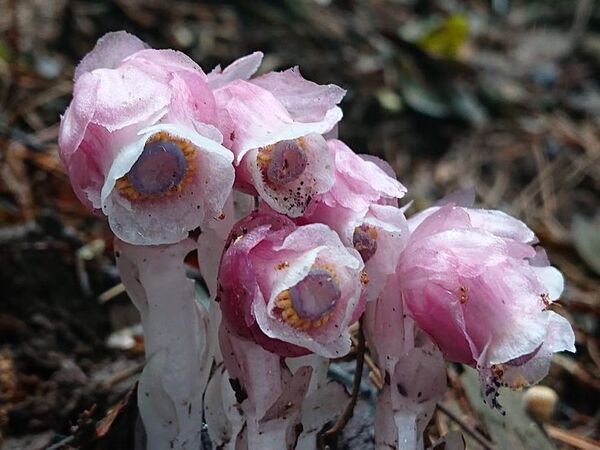
Monotropastrum kirishimense is currently considered rare due to its limited geographic range and habitat specificity. Conservationists are concerned about the impacts of deforestation and climate change on its volcanic habitat. Meanwhile, Monotropastrum humile faces less immediate threat but is not immune to habitat degradation caused by human activity.
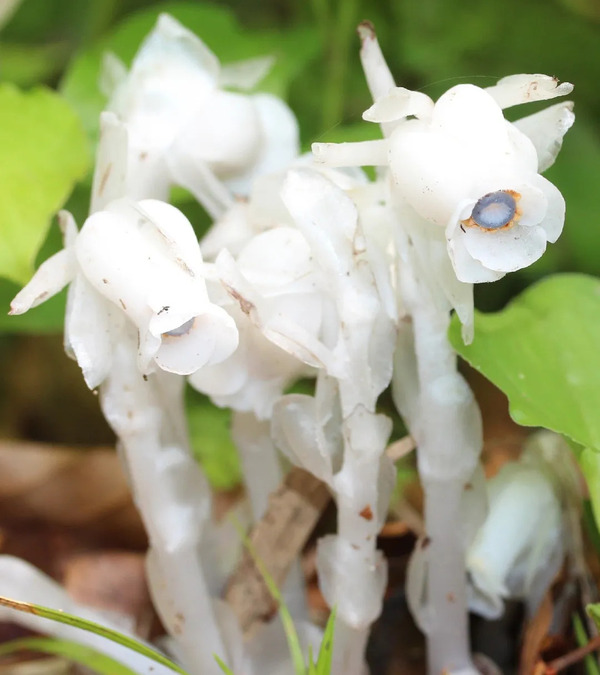
While Monotropastrum kirishimense and Monotropastrum humile share fascinating traits as ghostly, non-photosynthetic plants, their differences in appearance, distribution, and ecological niches highlight the diversity within the genus. Both species underscore the importance of preserving unique plant life in diverse ecosystems.
By understanding these plants and their roles, we can appreciate the hidden marvels of nature and take steps toward their conservation. Whether you’re a botany enthusiast or a curious reader, these "phantoms of the forest" will undoubtedly leave a lasting impression.
For more updates on rare and fascinating plants, bookmark this page and share it with fellow nature lovers!
animal tags: monotropastrum
We created this article in conjunction with AI technology, then made sure it was fact-checked and edited by a Animals Top editor.